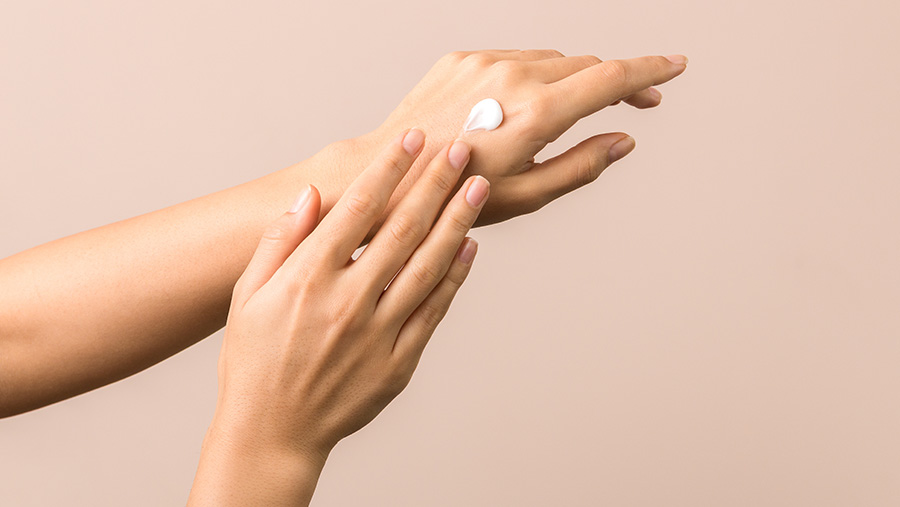It’s All About the Skin! Why Your First Layer of Protection Must Always be Protected

It all starts with the skin.
As an absolute cornerstone to infection prevention, we know that our skin is the first barrier to infection, but it also must be carefully cleaned to reduce risks. While hand hygiene may be the first thing that comes to mind, keeping patients safe cannot end there.
As we follow the risks of vascular access “from vein to care and maintain,” the skin and its organisms present numerous opportunities to serve as potential sources of infection. Ensuring optimal disinfection of the patient’s skin prior to inserting any vascular access device is crucial to reduce insertion-related infection risks. That means starting with clean skin and applying the antiseptic according to manufacturer’s recommendations.
When selecting the most appropriate product, CDC’s Guidelines for the Prevention of Intravascular Catheter-Related Infections (2011) preferentially recommends 0.5% chlorhexidine gluconate (CHG) prior to insertion of central venous catheters and arterial catheters as well as during dressing changes. At the time of the publication, the CDC left the choice for peripheral IV insertion much broader.
Since that time, the Infusion Nurses Society (INS) released two revisions to its Infusion Therapy Standards of Practice guidelines in 2016 and 2021. The 2021 INS guidelines recommend the use of an alcohol-based chlorhexidine solution for ALL vascular access devices unless there is a contraindication. These same recommendations are made when performing skin antisepsis during dressing changes. CHG is included as a consideration in other standards as well, with consideration given to daily CHG bathing for ICU patients with central lines as well as application of CHG over vascular access dressing and tubing 6 inches from the patient’s body. These treatments are intended to help decrease the bioburden on the patient’s skin and vascular access devices.
A final, crucial step to infection prevention is hub hygiene. Thorough disinfection of the needleless connector prior to every access is essential to reduce the risk of intraluminal contamination and its contribution to the development of catheter-associated bloodstream infection from any vascular access devices. This can be achieved through a combination of active as well as passive disinfection; with some promising data regarding incorporating CHG into this step of device care as well.
While there is no “silver bullet” to address and solve the risks of catheter-associated bloodstream infections – being mindful of routes of entry to pathogens and paying close attention to our practices across each step from the moment we approach the bedside can contribute to improving and maintaining favorable outcomes for our patients throughout the continuum of care.
Original Article: https://pdihc.com/blog/its-all-about-the-skin-why-your-first-layer-of-protection-must-always-be-protected/
[This guest column was written by Michelle DeVries, MPH, CIC, VA-BC, CPHQ, FAPIC -PDI.]
Featured Products
Recent Blog Posts
Consult An Expert
Need more specific guidance or tailored product recommendations? Our team of infection control consultants is here to help. Contact us using the form below.





